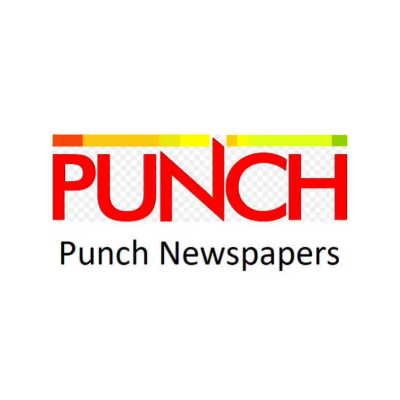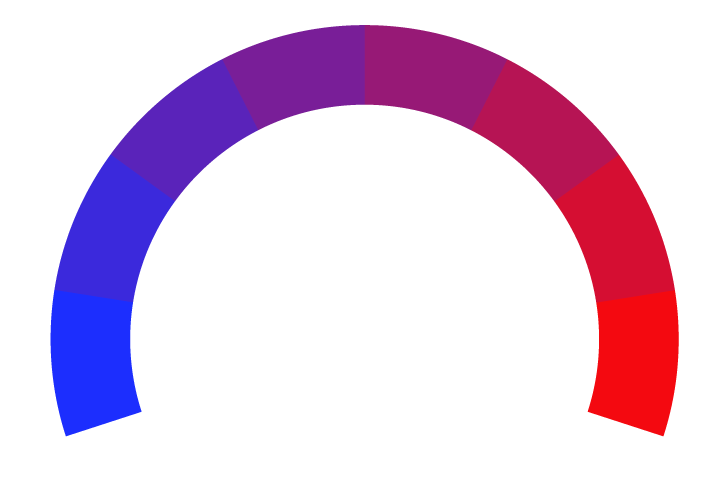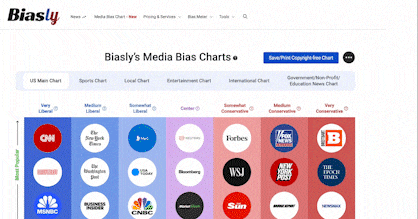 Punch Newspapers Article Rating
Punch Newspapers Article Rating5% fuel surcharge: What Nigerians should know
- Bias Rating
- Reliability
35% ReliableAverage
- Policy Leaning
-2% Center
- Politician Portrayal
N/A
Continue For Free
Create your free account to see the in-depth bias analytics and more.
By creating an account, you agree to our Terms and Privacy Policy, and subscribe to email updates.
Bias Score Analysis
The A.I. bias rating includes policy and politician portrayal leanings based on the author’s tone found in the article using machine learning. Bias scores are on a scale of -100% to 100% with higher negative scores being more liberal and higher positive scores being more conservative, and 0% being neutral.
Sentiments
6% Positive
- Liberal
- Conservative
| Sentence | Sentiment | Bias |
|---|---|---|
Unlock this feature by upgrading to the Pro plan. | ||
Reliability Score Analysis
Policy Leaning Analysis
Politician Portrayal Analysis
Bias Meter
Extremely
Liberal
Very
Liberal
Moderately
Liberal
Somewhat Liberal
Center
Somewhat Conservative
Moderately
Conservative
Very
Conservative
Extremely
Conservative
-100%
Liberal
100%
Conservative

Contributing sentiments towards policy:
57% : The student loan initiative was established by the Federal Government to break financial barriers to higher education through the provision of interest-free loans.53% : However, if the error is not detected on time, refund can be made by FIRS on request through its e-payment platform with the option to use it to pay for future tax.
52% : The committee says the tax has only been reinstated in the new tax act for harmonisation and transparency.
46% : It believes the revenue figure is a direct result of reforms the government has taken to improve the government's fiscal position, strengthen compliance, and digitise tax administration.
45% : The surcharge has been removed from the FERMA Act and incorporated into the new tax laws which are designed to provide a forward-looking legal framework for Nigeria.
*Our bias meter rating uses data science including sentiment analysis, machine learning and our proprietary algorithm for determining biases in news articles. Bias scores are on a scale of -100% to 100% with higher negative scores being more liberal and higher positive scores being more conservative, and 0% being neutral. The rating is an independent analysis and is not affiliated nor sponsored by the news source or any other organization.






















